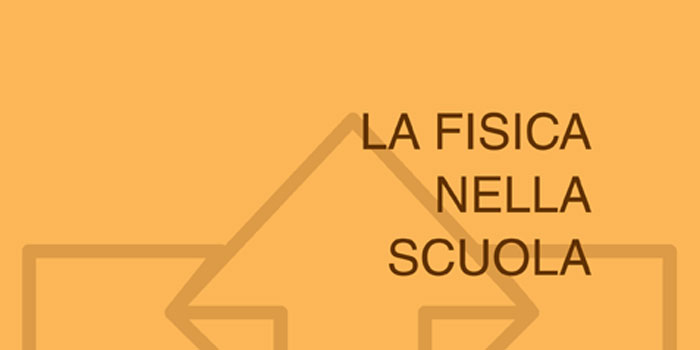Articoli rivista
 Anno XXXV - n.1 - gennaio/marzo 2002
Anno XXXV - n.1 - gennaio/marzo 2002 Oscillazioni armoniche libere e smorzate di un sistema massa-molla
The classical spring mass system is studied with the aid of on line acquisition by means of an optical no contact position sensor or by means of a sonar. Both the free damped oscillations and the forced ones are studied; the proper frequency fo and the Q factor derived from the two types of oscillations are compared. […]
 Anno XXIII - n.1 - gennaio/marzo 1990
Anno XXIII - n.1 - gennaio/marzo 1990 Osservazione visuale di fenomeni fisici in tempo reale e differito (un metodo per registrare dati con la videocamera e col computer). (traduzione di S. Bruzzone e A M. Fichera)
ORVICO, a system for collecting data on moving objects, is briefly described. The system uses a videocamera and a computer. Examples of interest to physics teaching include studying the motion of a snowball, a jumper, a pendulum and a disc on an air-table. […]